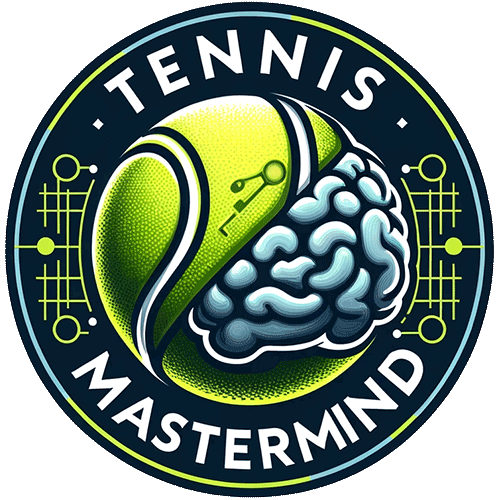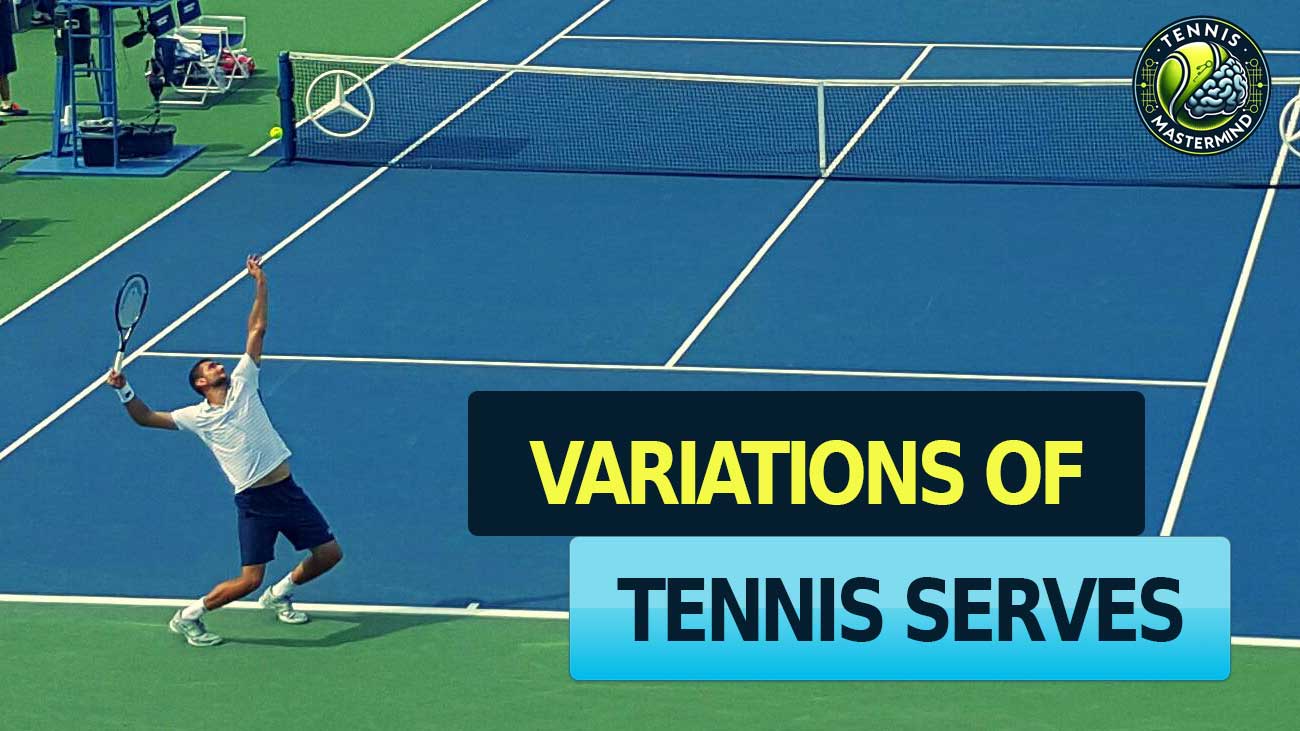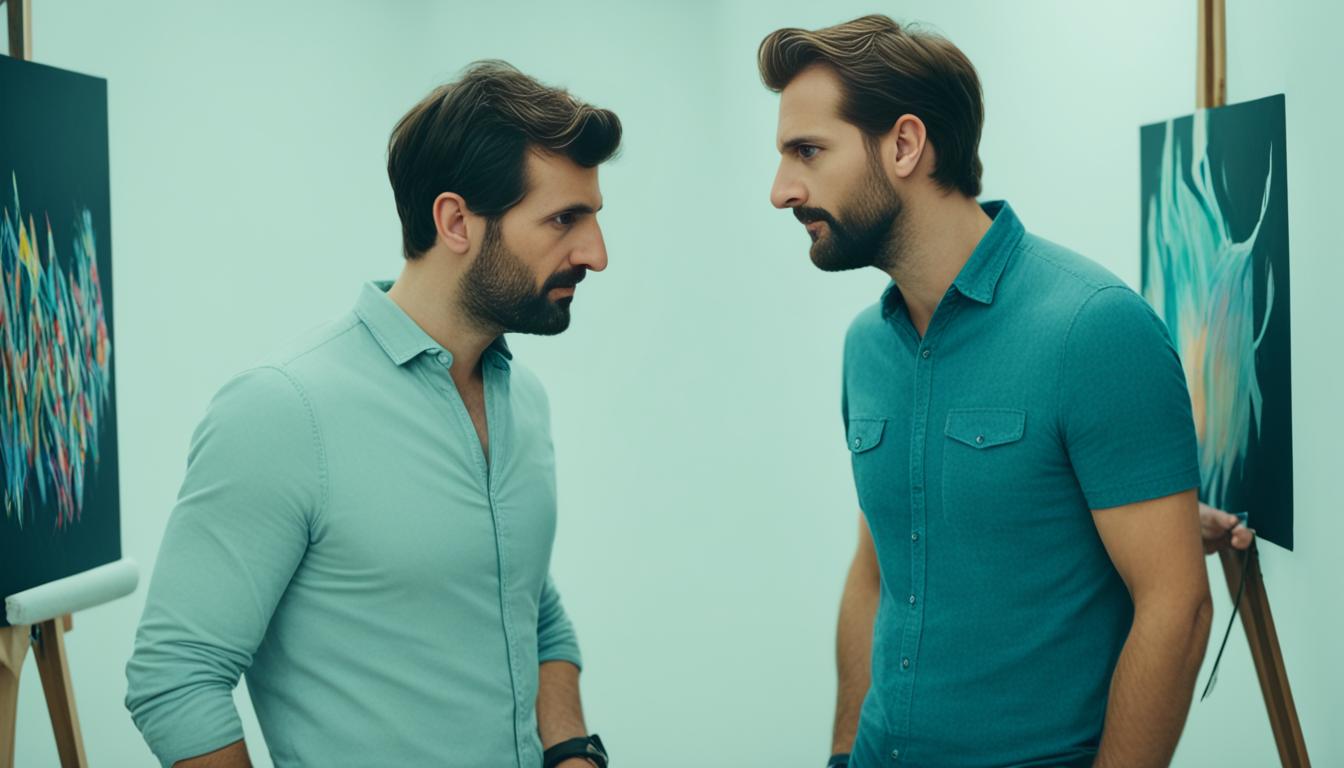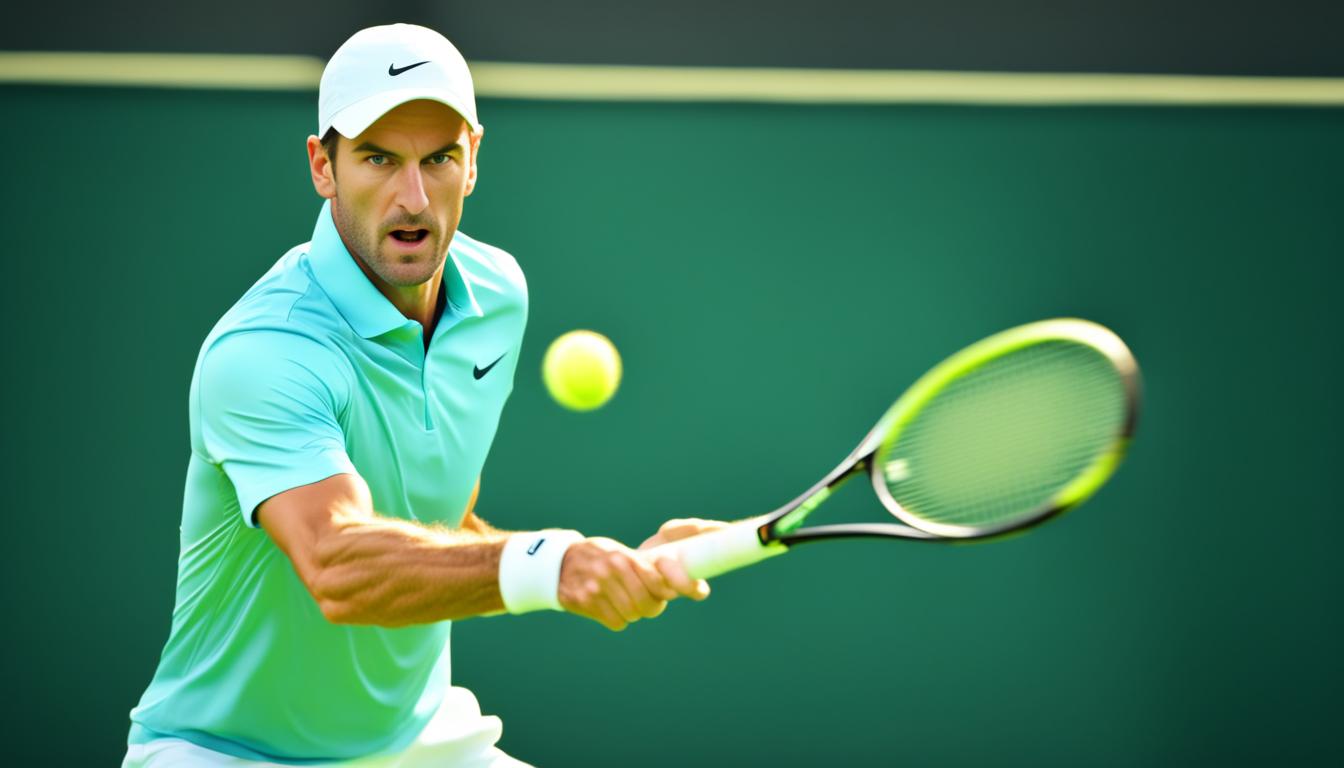When it comes to tennis, a well-executed serve can be a game-changer. But did you know that there are different variations of tennis serves that can help you dominate the court? Gone are the days of relying on a single serve technique. We are here to take your serve to the next level by exploring the various techniques and types of tennis serves that can give you a winning edge.
From the half motion to the abbreviated motion, there are plenty of effective variations to choose from. But there are also certain fundamental elements that need to be mastered in order to have an effective serve. Grip, starting position, take-back motion, toss action, and the set-to-launch platform and pinpoint stance all play crucial roles in delivering a powerful and accurate serve.
Key Takeaways:
- There are various types of tennis serves that can be utilized to vary your strategy on the court.
- Grip and starting position are important aspects of a tennis serve.
- Take-back motion and toss action are key components of a successful serve.
- The set-to-launch technique involves the platform stance and the pinpoint stance.
- There are three main types of tennis serves: flat, slice, and topspin.
By mastering the different variations and techniques of tennis serves, you can elevate your game and keep your opponents guessing. So, join us on this journey to improve your serve and take your tennis skills to new heights!
Grip and Starting Position
When it comes to mastering your tennis serve, two vital components to focus on are the grip and starting position. These elements play a significant role in achieving accuracy, power, and control in your serve techniques.
Grip: The right grip can make all the difference in your serve. For beginners, using a forehand grip can be a good starting point. However, as you progress to higher levels of play, it is recommended to switch to a full continental grip. This grip allows for greater flexibility and control over the racket, enabling you to generate more spin and power in your serve.
Starting Position: The starting position sets the foundation for a successful serve. Begin by placing your feet shoulder-width apart, ensuring a balanced and stable stance. Point your front foot towards the net post to establish the correct alignment. Professionals often adjust their body weight forward during the start position, then shift it back as they initiate the serve motion. This weight transfer aids in generating power and momentum as you prepare to toss and hit the ball.
| Starting Position | |
|---|---|
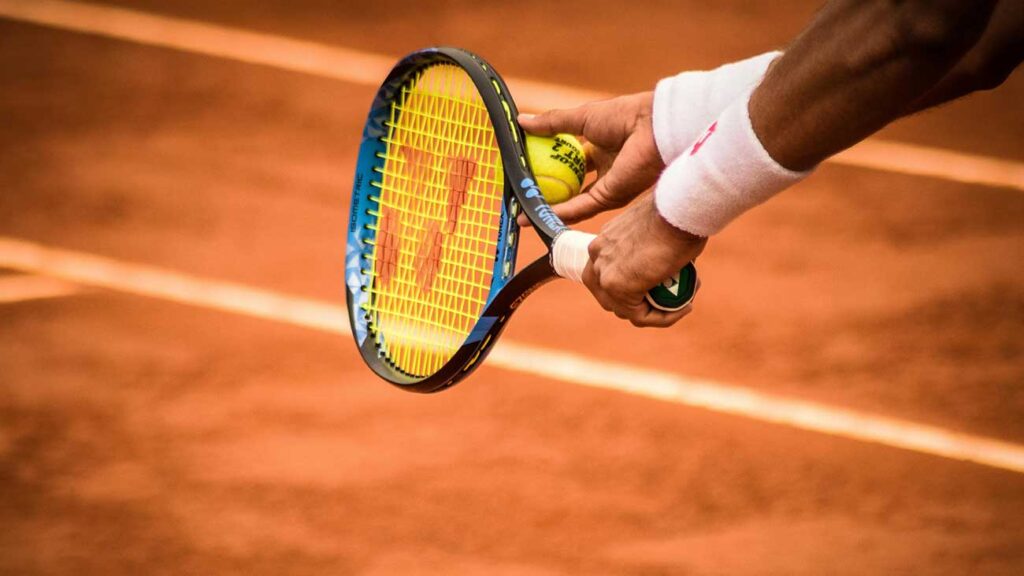 |
By perfecting your grip and starting position, you lay a solid foundation for the rest of your serve technique. These fundamental aspects pave the way for a more consistent and powerful serve, enabling you to dominate your opponents on the court. So, dedicate time to practice and refine these elements to unleash the full potential of your serve.
Take-Back and Toss Action
The take-back motion and toss action are fundamental aspects of a successful tennis serve. To execute an effective serve, it is essential to master the techniques involved in the take-back and toss action. Let’s explore these key components in detail.
Take-Back Techniques
“The take-back is the preparation for what’s to come.”
When it comes to the take-back, there are different styles that players can employ. One common technique is the over-the-shoulder take-back, where the racket is brought back over the shoulder in a fluid motion. Another renowned style is the classic Federer pendulum downswing, popularized by the legendary player Roger Federer. Regardless of the chosen style, it is vital to ensure that the hitting arm and racket are positioned properly and in sync with the timing of the toss. This synchronization helps maintain a consistent rhythm throughout the serve, resulting in greater accuracy and power.
Toss Action Techniques
“The toss sets the stage for a perfectly executed serve.”
The toss action is a critical element that sets the foundation for a well-executed serve. When performing the toss, it is important to keep the toss arm extended throughout the motion. This extension allows for better control and accuracy during the toss. The ball should be released at eye level, giving the server optimal visibility and a comfortable striking position. In addition to the toss arm, the body weight should also be shifted forward during the toss action. This forward shift helps produce a straighter up-and-down ball path, enabling a more powerful and precise serve.
By honing your take-back and toss action techniques, you will enhance your serve’s consistency and effectiveness on the court. These fundamental aspects of the tennis serve form the basis for generating power, accuracy, and control. In the next section, we will delve into the set-to-launch technique, exploring the platform stance and pinpoint stance for a well-rounded serving approach.
Set to Launch: Platform and Pinpoint Stance
When it comes to mastering the art of tennis serves, understanding the set-to-launch technique is crucial. This technique involves two key stances: the platform stance and the pinpoint stance. Let’s explore these stances in detail and discover how they can enhance your serve.
Platform Stance
The platform stance is all about maintaining a consistent starting position throughout the entire serving motion. To execute this stance, begin with your feet shoulder-width apart, facing the net post directly. Keep your weight evenly distributed and slightly shifted forward for the set-to-launch position. As you make contact with the ball, ensure that your chest aims upward, generating a powerful and fluid serve motion.
Pinpoint Stance
In contrast to the platform stance, the pinpoint stance involves bringing your back foot forward and creating a stretched position, reminiscent of a pole-vaulter’s pole. This stance allows for an upward snap from the hip, launching the racket head towards the contact point. Furthermore, the pinpoint stance demands proper positioning and shoulder tilting to establish a straight line with the contact point. Adopting the pinpoint stance adds extra explosiveness and precision to your serve.
Both the platform stance and the pinpoint stance require practice to perfect the positioning and movement coordination. By incorporating these stances into your serve technique, you’ll be able to generate more power, control, and accuracy in your serves.
Now, let’s take a look at a complete table summarizing the key elements of the platform and pinpoint stances:
| Platform Stance | Pinpoint Stance |
|---|---|
| Maintain a consistent starting position | Bring back foot forward |
| Weight evenly distributed and slightly shifted forward | Create a stretched position for extra explosiveness |
| Chest aims upward at the contact point | Proper positioning and shoulder tilting for a straight line with the contact point |
By incorporating these stances into your tennis serve technique, you’ll be able to elevate your game and leave your opponents in awe of your skills.
Flat, Slice, and Topspin Serves
In the world of tennis, mastering different types of serves can give you a competitive edge on the court. Three main serve techniques to explore are the flat serve, the slice serve, and the topspin serve. Each serve has its distinct characteristics and strategic advantages. Let’s dive into each technique to understand how to execute them effectively.
Flat Serve
The flat serve is a powerful weapon in a player’s arsenal. It involves hitting the ball at the center, generating a fast and low trajectory. This type of serve is commonly used to ace opponents or put them on the defensive. The flat serve requires precise timing and body rotation to generate maximum power and accuracy.
Key tips for a successful flat serve:
- Start with a continental grip to enhance control and power.
- Focus on a smooth throwing motion to create a fluid swing.
- Use leg drive to generate power and energy throughout your body.
- Extend your reach and snap your wrist at contact for added acceleration.
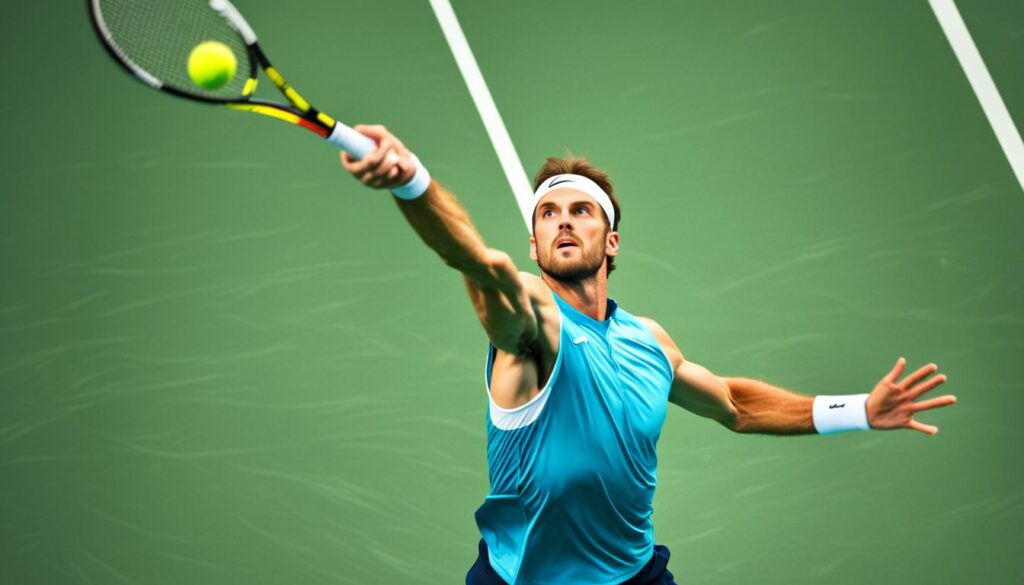
Slice Serve
The slice serve is a versatile technique that spins the ball sideways, forcing opponents to move wider and away from the center of the court. It is particularly effective against players with weaker backhand returns. To execute a slice serve, start with a toss slightly to the right (for right-handers) and make contact with the ball at 3 o’clock.
Key tips for a successful slice serve:
- Adopt a continental grip for greater control of the racket face.
- Focus on a smooth and fluid motion, generating rotational spin on the ball.
- Coordinate your body rotation and racket path to create a crisp slice.
- Follow through with your swing, ensuring the racket finishes low and across your body.
Topspin Serve
The topspin serve is a powerful technique that causes the ball to bounce aggressively off the court. It is executed by tossing the ball above your head and slightly to the left (for right-handers), then striking the ball at 7 o’clock to create topspin and a kicking effect. The topspin serve is effective in pushing opponents deeper into the court and disrupting their timing.
Key tips for a successful topspin serve:
- Use a continental or eastern grip for greater control and spin potential.
- Focus on a high and fluid throwing motion to generate upward momentum.
- Coordinate your body rotation and racket path to create a smooth topspin action.
- Snap your wrist at contact to maximize spin and accelerate the ball.
| Serve Type | Characteristics | Advantages |
|---|---|---|
| Flat Serve | Fast and low trajectory | Harder to return, potential for aces |
| Slice Serve | Sideways spin | Forces opponents wider, weakens backhand returns |
| Topspin Serve | Aggressive bounce off the court | Pushes opponents deeper, disrupts timing |
Playing Styles in Tennis
In the world of tennis, players adopt different playing styles that suit their strengths and preferences. Each style brings its own set of strategies and skills to the game. Let’s take a closer look at three popular playing styles: the baseline player, the serve and volley player, and the all-court player.
Baseline Player
The baseline player focuses on consistency and precision, excelling in powerful groundstrokes and solid defense. They prefer to stay at the back of the court, relying on their strong forehand and backhand shots to dictate the pace of the game. This playing style requires excellent footwork, agility, and the ability to generate power from the baseline. Baseline players strategize by setting up rallies and patiently waiting for their opponents to make mistakes.
Serve and Volley Player
The serve and volley player embodies aggression and finesse, utilizing powerful serves, lightning-fast net approaches, and aggressive net presence. They rely on their strong serves to put pressure on their opponents and follow it up with a quick approach to the net. Serve and volley players have exceptional reflexes and volleying skills, allowing them to finish points quickly at the net. This style of play requires a combination of precise serving, quick reactions, and excellent hand-eye coordination.
All-Court Player
The all-court player combines strategic finesse and dynamic net presence, showcasing balanced groundstrokes, effective net play, tactical awareness, versatility in strategies, and seamless transitions. They have the ability to adapt their game to different situations and opponents. All-court players are comfortable playing from the baseline, engaging in baseline rallies, and also have the skills to approach the net when necessary. They have a well-rounded game and can mix up their shots and tactics to keep their opponents off balance.
| Playing Style | Description |
|---|---|
| Baseline Player | Relies on consistency and precision. Excels in powerful groundstrokes and solid defense. |
| Serve and Volley Player | Emphasizes aggression and finesse. Utilizes powerful serves, quick net approaches, and aggressive net presence. |
| All-Court Player | Combines strategic finesse and dynamic net presence. Showcases balanced groundstrokes, effective net play, tactical awareness, versatility in strategies, and seamless transitions. |
Understanding different playing styles in tennis can help you develop a greater appreciation for the game and enhance your own playing style. Whether you prefer the power and consistency of the baseline player, the aggression and finesse of the serve and volley player, or the versatility of the all-court player, each style offers its own unique challenges and rewards. So, embrace your preferred style, and enjoy the exhilaration of the game.
Conclusion
Developing a strong and varied serve is essential for success in tennis. By exploring the different variations of tennis serves and understanding the techniques and strategies involved, players can improve their serve and elevate their game. Whether it’s mastering the grip and starting position, perfecting the take-back and toss action, or experimenting with different types of serves, the journey to mastering tennis serves involves practice, technique, and an understanding of the nuances of the game.
So, let’s improve our serve in tennis and take our game to the next level. By practicing the proper grip and starting position, we can achieve better control and power in our serves. Perfecting the take-back and toss action will help us achieve a consistent rhythm and optimize our serve technique. And by mastering the different types of serves like the flat, slice, and topspin, we can keep opponents guessing and gain a competitive edge on the court.
Remember, improving our serve is a continuous journey. It requires dedication, persistence, and a willingness to learn and adapt. So let’s continue to refine our technique, experiment with different strategies, and embrace the challenge of mastering tennis serves. With time and effort, we can unlock our court potential, surprise our opponents, and become true masters of the game.
